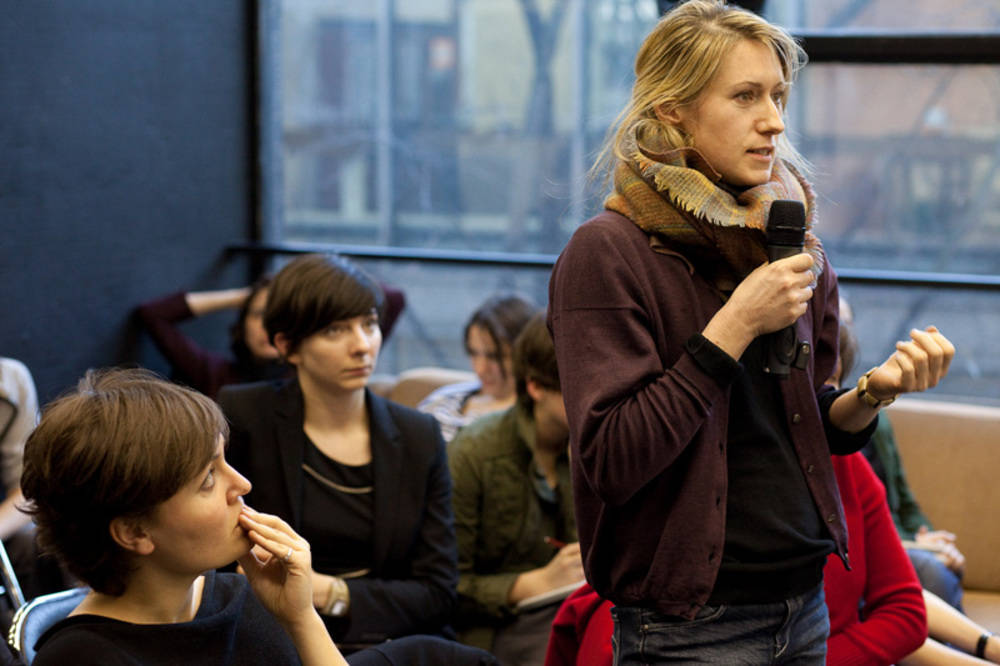In the frame of the Former West project, the Museum of Modern Art in Warsaw will hold a two-day seminar focusing on art in the former Soviet Union and its immediate zone of influence after the transition of 1991.
The motivations for turning to the East (rather than to the ‘Former West’) are twofold, and tied to the specifically Polish context, where the Museum of Modern Art in based. The first concerns art critical frames of reference. Despite the West’s growing interest in art practices from this region, it is difficult adequately to map and describe these practices using Western artistic vocabularies, which seem insufficient and badly adapted to the post-socialist context. The second concerns points of identification. Since 1989, Eastern European artists have tended to adopt one of two polarised positions towards the West: on the one hand, expressing a strong affiliation or ‘natural’ adhesion to the West, and on the other hand, a complete detachment from or even denial of Western models.
Russian art in the post-transition period seems to be very relevant in this regard. Despite the dominant (and frequently colonial) character of Western culture, Russian art has rarely adopted Western models. As a significant but completely separate sphere of development, post-transition art of the former Soviet Union remains a somewhat unknown quantity: obscure, unclassifiable and somehow inaccesible. What are the main developments (artistically, theoretically, institutionally) in Russia since 1991? What parallels can be drawn to the Eastern European scene? Can the new critical terminologies recently developed there also speak to the situation in Eastern Europe?
The seminar therefore aims to map the liminal zones of the West and foreground key aspects of contemporary visual art and a discourse that the ‘West’ cannot adequately describe and account for using its existing terminologies. As such, it will provide an important counterpoint to research in the ‘former’ aspects of both East and West.
